Eight people are missing after a massive landslide in Bondo, near the Italian border in the south of Switzerland.
On Wednesday August 23rd a huge chunk broke off the side of a mountain in Bondo, in the southern Swiss Alps, at speeds of more than 250km/h. It is suspected that the resulting landslide swept away eight hikers.
A second landslide followed on Friday August 25th, causing rescuers to abandon the search for the missing people, and a third landslide on August 31st poured more rubble into the beleaguered village.
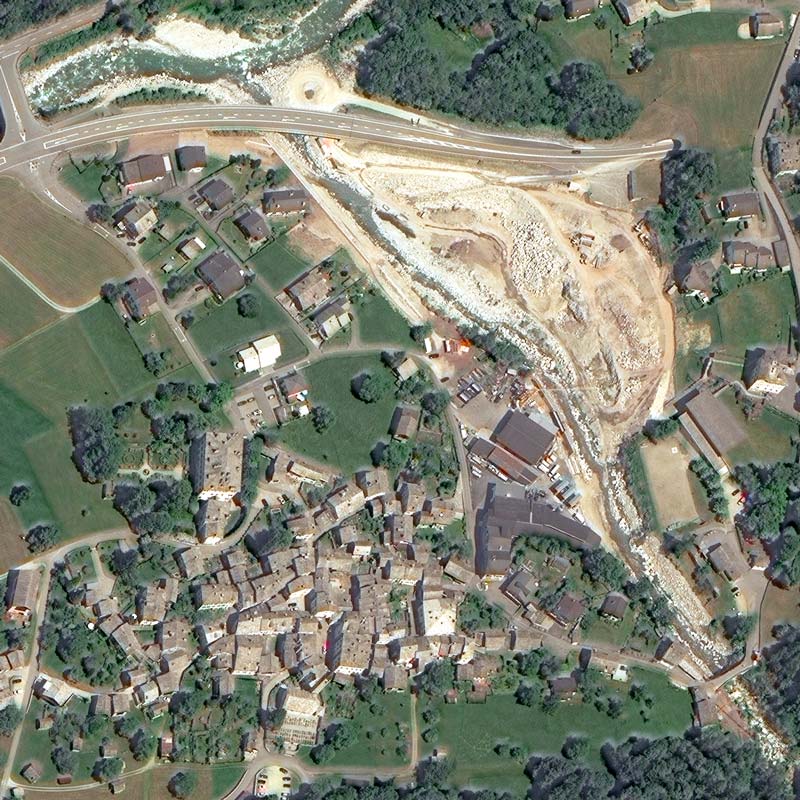
6 June 2015 | Bondo before the landslide | WorldView-3
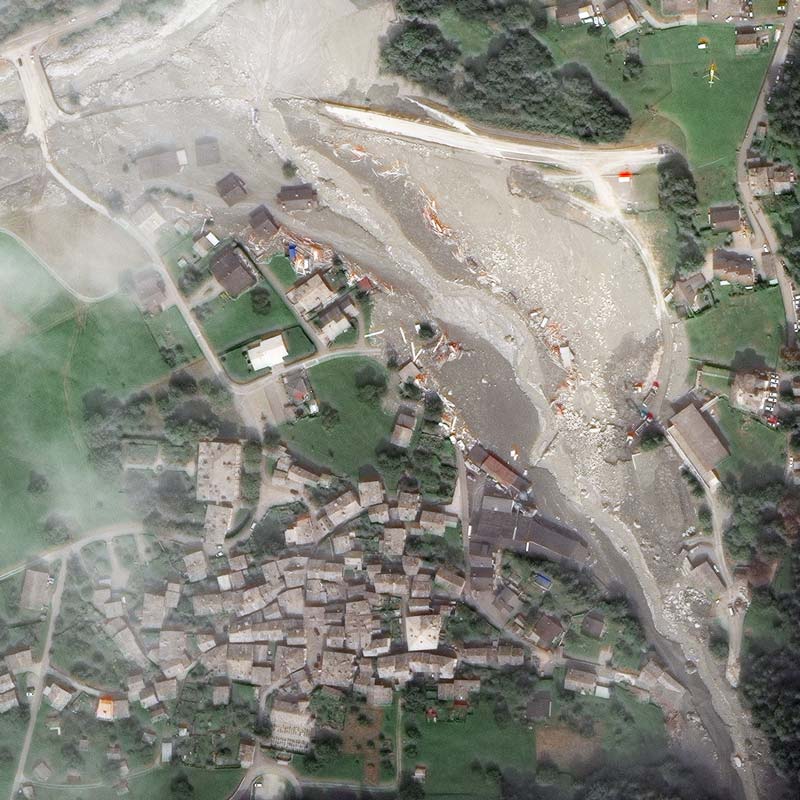
27 August 2017 | Bondo after two landslides | WorldView-3
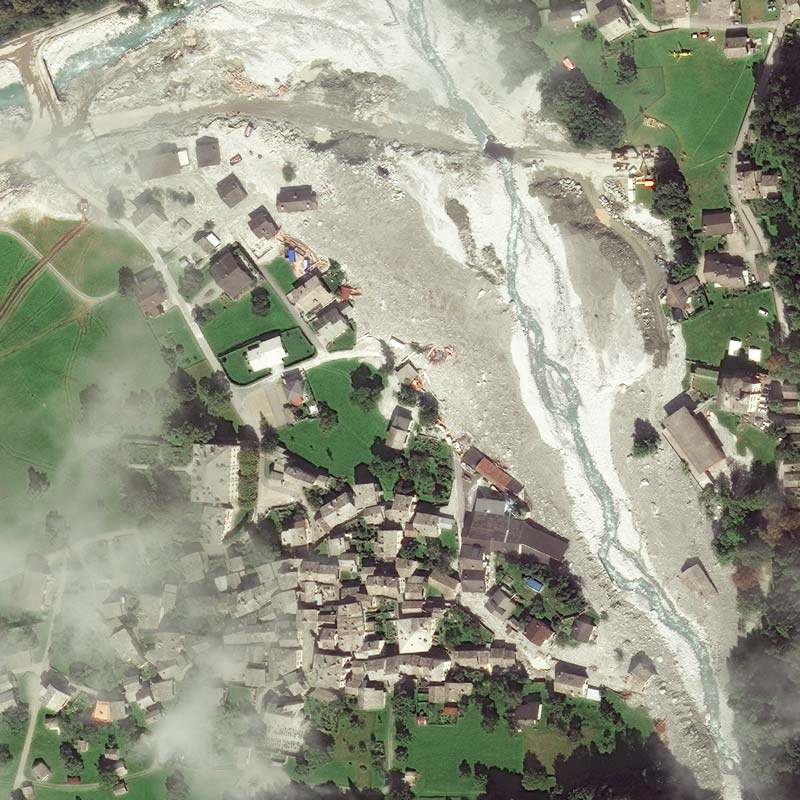
5 September 2017 | Bondo after three landslides | WorldView-4
European Space Imaging photographed the scene from space on August 27th and September 5th, using the very high resolution satellites WorldView-3 and WorldView-4.
It can clearly been seen that mud and rubble from the two landslides have destroyed houses and roads.
Redefining low latency data, European Space Imaging (EUSI) offers Near Real-Time (NRT) satellite image delivery in only 15 minutes after collection. The new EUSI DAF
Redefining low latency data, European Space Imaging (EUSI) offers Near Real-Time (NRT) satellite image delivery in only 15 minutes after collection. The new EUSI DAF
Redefining low latency data, European Space Imaging (EUSI) offers Near Real-Time (NRT) satellite image delivery in only 15 minutes after collection. The new EUSI DAF
Redefining low latency data, European Space Imaging (EUSI) offers Near Real-Time (NRT) satellite image delivery in only 15 minutes after collection. The new EUSI DAF

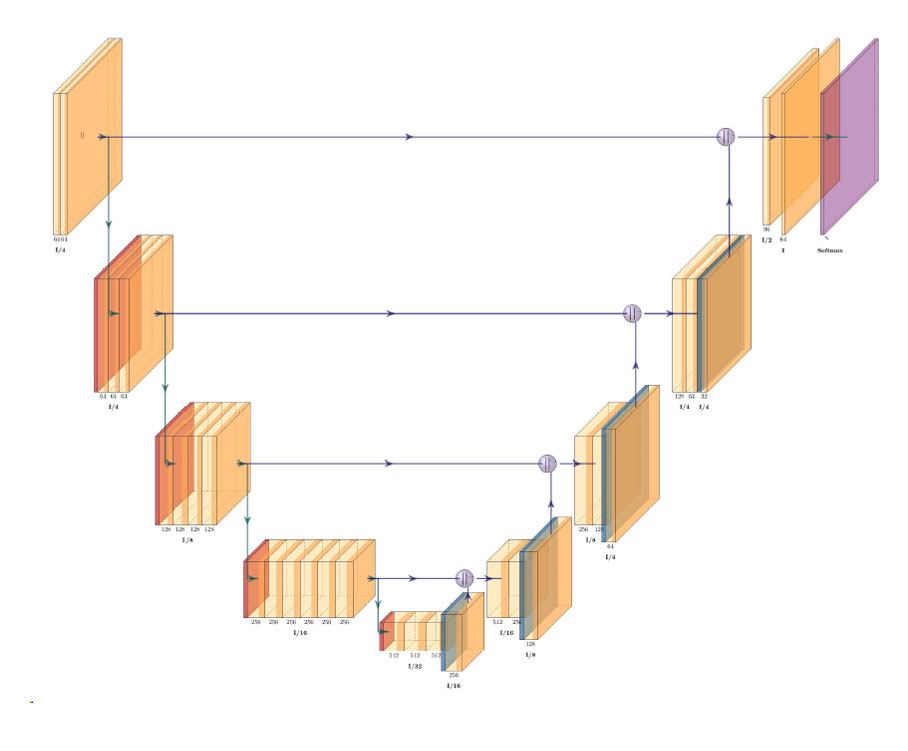
UNet architecture for semantic segmentation with ResNet34 as encoder or feature extraction part. ResNet34 is used as an encoder or feature extractor in the contracting path and the corresponding symmetric expanding path predicts the dense segmentation output.
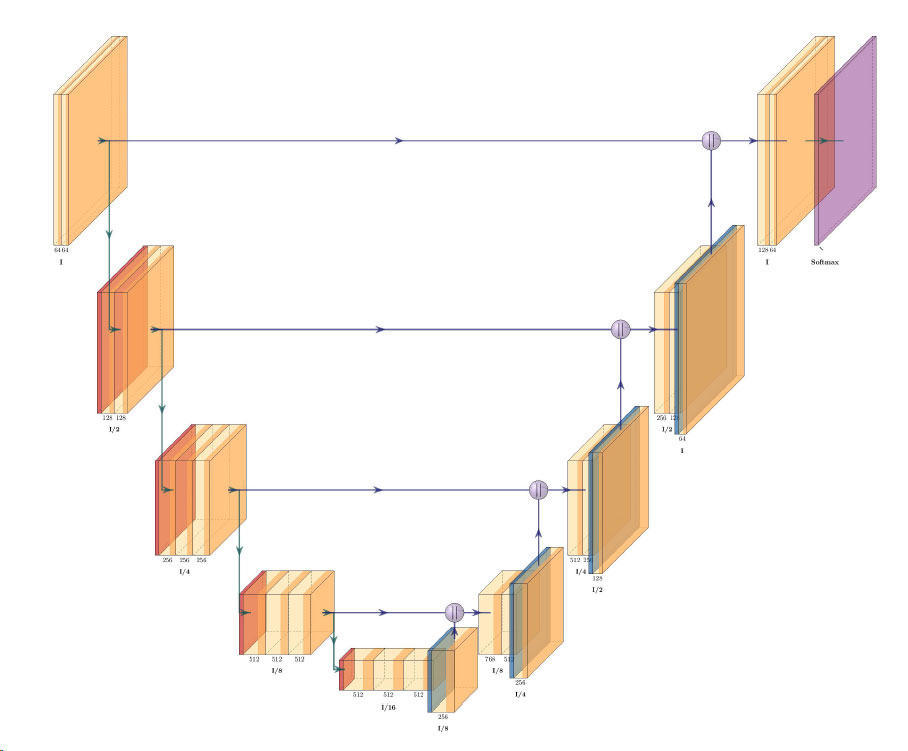
UNet architecture for semantic segmentation with VGG16 as the encoder or feature extractor. VGG16 is used as an encoder or feature extractor in the contracting path and the corresponding symmetric expanding path predicts the dense segmentation output.
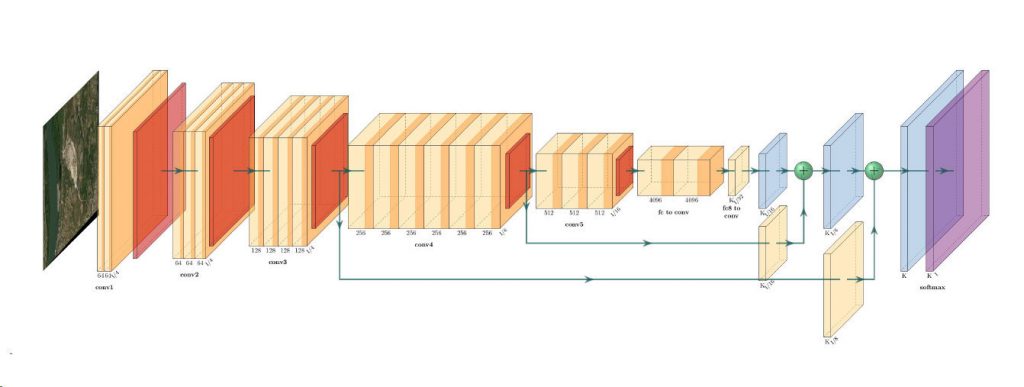
In this model, ResNet34 is used for feature extraction and the FCN operation remains as is. The feature of ResNet architecture is exploited where just like VGG, as the number of filters double, the feature map size gets halved. This gives a similarity to VGG and ResNet architecture while supporting deeper architecture and addressing the issue of vanishing gradients while also being faster. The fully connected layer at the output of ResNet34 is not used and instead converted to fully convolutional layer by means of 1×1 convolution.
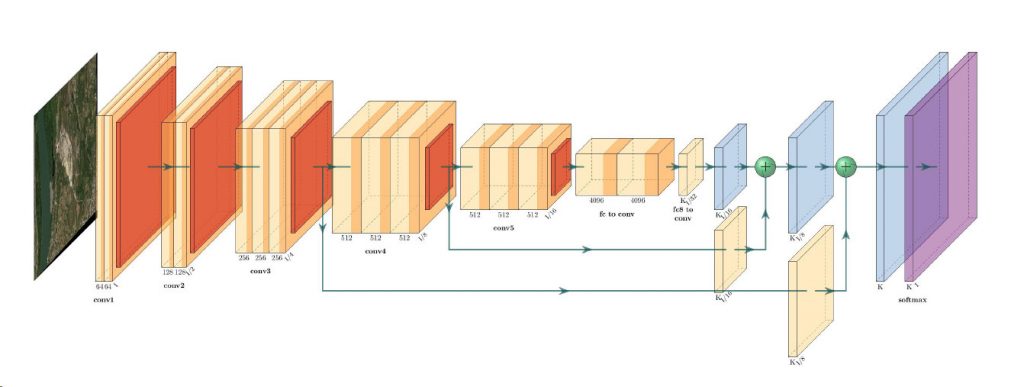
In this model, VGG16 is used for feature extraction which also performs the function of an encoder. The fully connected layer of the VGG16 is not used and instead converted to fully convolutional layer by means of 1×1 convolution.